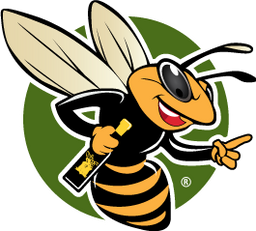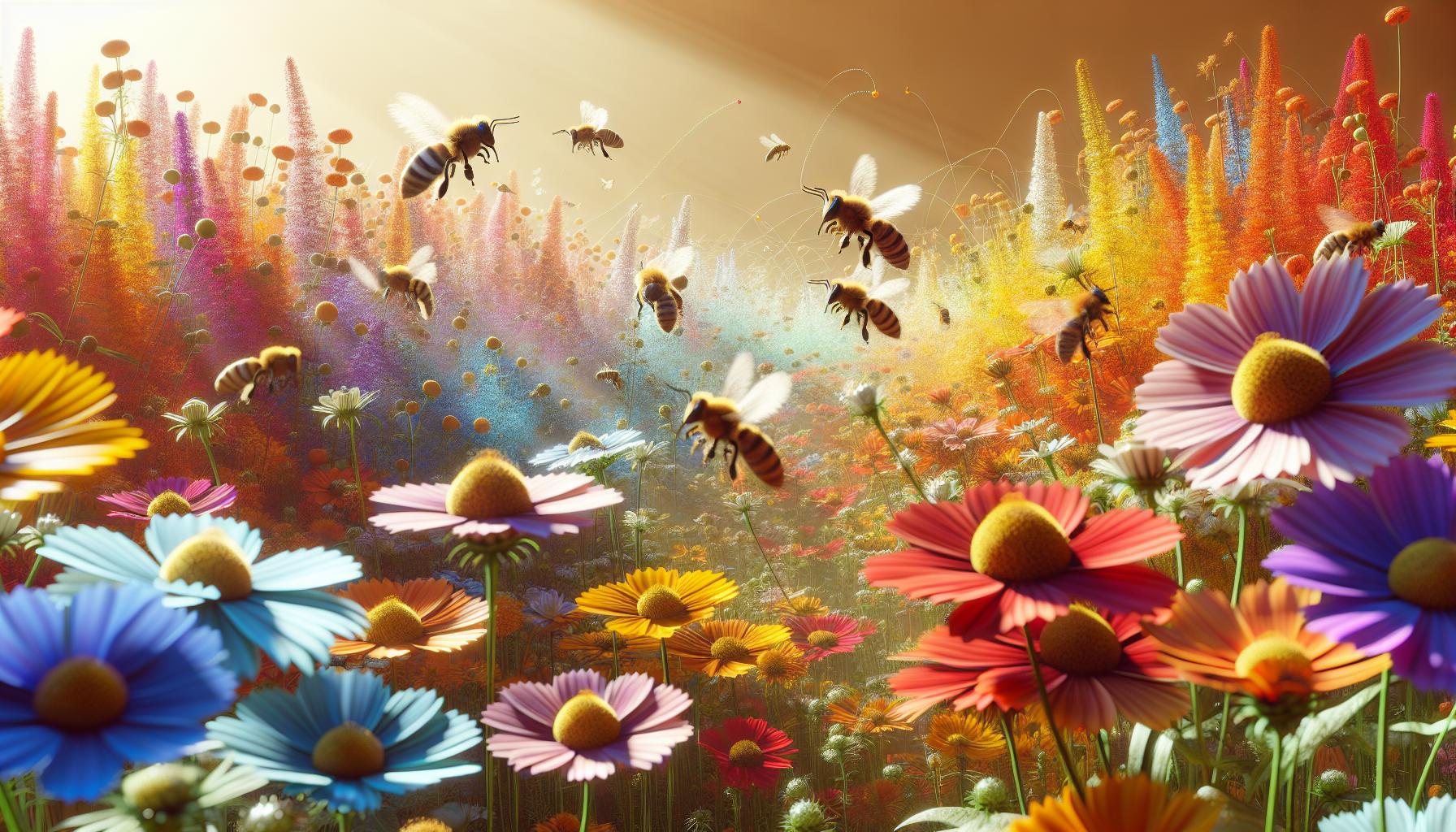Bees play a crucial role in maintaining our ecosystems, pollinating plants that provide food for both humans and wildlife. Yet, their populations are declining at an alarming rate, threatening biodiversity and food security. With one-third of the food we consume relying on these tiny pollinators, taking action to protect them has never been more critical.
Understanding the factors contributing to bee population decline is essential for anyone who cares about the environment. Pesticides, habitat loss, and climate change all pose significant threats. By raising awareness and implementing sustainable practices, individuals can help protect these vital pollinators. Saving the bees is not just about preserving a species—it’s about safeguarding the delicate balance of our entire ecosystem.
The Importance of Bees in Ecosystems
Bees are more than just honey producers; they play a crucial role in ecosystems by pollinating plants vital for food and habitats. Their decline poses a serious risk to food security and ecological balance.
The Role of Pollination
Bees are responsible for pollinating approximately 75% of all flowering plants, including many fruits, vegetables, and nuts. This process allows plants to reproduce, ensuring a steady supply of food for humans and animals alike. Crops such as almonds, apples, blueberries, and cucumbers depend on bees for effective pollination. Without bees, many of these plants would struggle to grow, leading to food shortages and higher prices.
Impact on Biodiversity
Beyond agriculture, bees contribute to biodiversity by promoting the growth of various plant species. They help maintain diverse habitats that support other wildlife. A decline in bee populations leads to fewer plants, which in turn impacts the animals that rely on those plants for food and shelter. Protecting bees enhances ecosystem health and ensures vibrant, thriving environments for all species.
Current Threats to Bee Populations
Bee populations face several significant threats, each contributing to their alarming decline. Understanding these threats is the first step toward taking meaningful action.
Pesticides and Chemicals
The widespread use of pesticides in farming is one of the most pressing threats to bee populations. Neonicotinoids, a common class of pesticides, are particularly harmful, impairing bees' ability to forage, navigate, and reproduce. These chemicals weaken bee colonies and reduce their survival rates.
Safe alternatives, such as integrated pest management and organic farming, can help protect crops while minimizing harm to pollinators.
Habitat Loss
Urbanization and agricultural expansion have led to the destruction of natural habitats. As wildflower meadows and forests disappear, bees lose essential food sources and nesting sites. Development projects, such as road construction and large-scale farming, fragment habitats, making it difficult for bees to thrive.
Conserving natural spaces, planting native flowers, and creating bee-friendly gardens can significantly improve bee populations’ chances of survival.
Climate Change
Climate change affects bees by disrupting their life cycles and food sources. Unpredictable weather patterns and rising temperatures can cause plants to bloom earlier or later than usual, leading to mismatches between flower availability and bee activity. This disruption reduces food sources, causing stress on bee colonies.
Adopting sustainable practices, such as reducing carbon footprints and supporting conservation efforts, can help mitigate these effects and support bee survival.
Initiatives to Save the Bees
Efforts to protect bee populations range from grassroots initiatives to large-scale government policies and global campaigns. Collective action is essential for meaningful change.
Community Involvement
Local communities play a vital role in bee conservation. Many grassroots organizations and gardening clubs focus on creating bee-friendly spaces and educating the public about pollinators’ importance. Community-led initiatives include:
-
Planting wildflower gardens in neighborhoods and schools
-
Hosting educational workshops on bee conservation
-
Reducing pesticide use in local green spaces
Government Policies
Governments worldwide are implementing policies to protect pollinators. Key measures include:
-
Banning or regulating harmful pesticides
-
Offering financial incentives for farmers who adopt bee-friendly practices
-
Establishing protected areas rich in wildflowers and nesting sites
-
Funding research on bee health and conservation strategies
Global Campaigns
International organizations, such as the World Wildlife Fund and the Bee Conservation Trust, lead campaigns to raise awareness and promote policy changes. These initiatives often focus on educating the public about the dangers bees face and encouraging widespread action through petitions, social media movements, and fundraising efforts.
How Individuals Can Contribute
Individuals can make a significant impact by taking simple, everyday actions that support bee populations. Conservation starts at home and in our communities.
Planting Bee-Friendly Gardens
Creating a bee-friendly garden provides essential habitats and food sources. Consider these tips:
-
Choose native flowers that bloom at different times throughout the year, such as lavender, sunflowers, and coneflowers.
-
Avoid using pesticides and herbicides.
-
Provide nesting areas by leaving patches of bare soil and installing bee houses.
Supporting Local Beekeepers
Buying honey and other bee-related products from local beekeepers helps support sustainable beekeeping practices. Local beekeepers are more likely to use natural, eco-friendly methods to maintain healthy colonies. Engaging in beekeeping workshops or supporting beekeeping cooperatives can further strengthen conservation efforts.
Reducing Chemical Use
Opting for organic fertilizers and natural pest control methods protects bees from harmful chemicals. Encouraging local farmers and gardeners to adopt chemical-free practices also contributes to a safer environment for pollinators.
Conclusion
The rapid decline of bee populations is a critical issue that demands urgent action. Bees play a fundamental role in maintaining biodiversity and ensuring global food security. By raising awareness, supporting conservation initiatives, and making small but meaningful changes in our daily lives, we can all contribute to protecting these essential pollinators.
From planting bee-friendly gardens to advocating for policy changes, every effort counts. The survival of bees depends on collective action, and together, we can make a difference. Now is the time to step up and protect the species that sustains our world.
Frequently Asked Questions (FAQs)
1. Why are bees important for ecosystems?
Bees pollinate about 75% of flowering plants, including many essential crops. Their work supports biodiversity and food security, ensuring a stable food supply for humans and wildlife alike.
2. What factors are contributing to the decline in bee populations?
Major threats include pesticide use, habitat loss, and climate change. Pesticides weaken bees' health, urbanization reduces their natural habitats, and climate change disrupts their food sources.
3. How can sustainable practices help save bees?
Sustainable practices, such as reducing pesticide use, promoting organic farming, and preserving wildflower habitats, provide bees with safe environments and essential food sources, improving their chances of survival.
4. What are some individual actions to support bee conservation?
Individuals can plant native flowers, avoid using pesticides, support local beekeepers, and participate in conservation programs. Even small efforts, like creating bee-friendly gardens, can significantly impact pollinator populations.
5. What initiatives are being taken to protect bees?
Efforts include community projects, government regulations, and global campaigns. Organizations like the World Wildlife Fund work to raise awareness and promote policies that protect pollinators worldwide.



